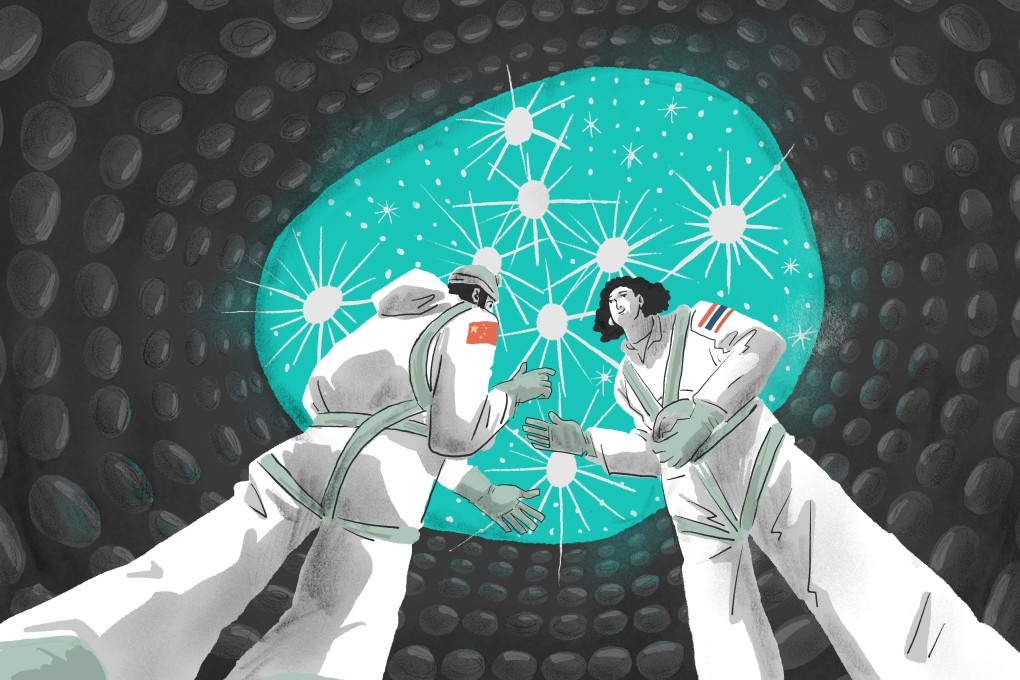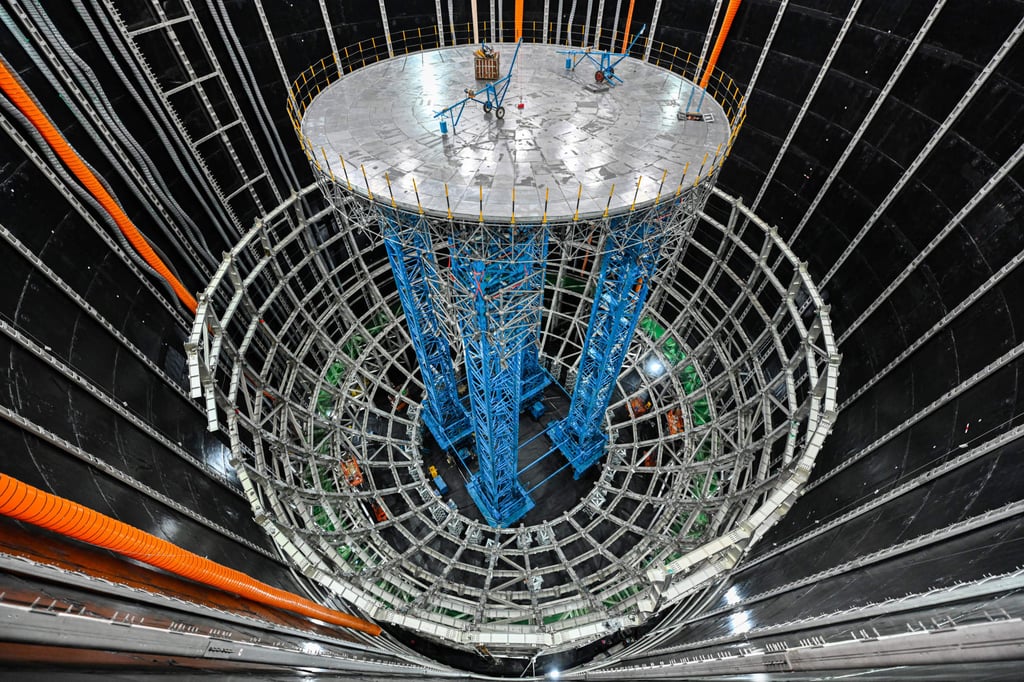Thai and Chinese researchers team up to tackle puzzles on the frontiers of science
- President Xi and Thai PM Prayuth agreed last month to expand investment in hi-tech industries
- Chinese Academy of Sciences set up its first overseas innovation cooperation centre in Bangkok

To catch the tiny, ghostlike particles that pass through our bodies by the trillions every second, the global team is setting up the US$300 million Juno facility 700 metres (3,000 feet) underground in southern China. It is due to commence operation in June.
It has taken more than one country to build the experiment – a plastic sphere 13 storeys tall that will be filled with 20,000 tonnes of a special liquid and immersed in 35,000 tonnes of pure water.
“We helped the magnetic field to be installed inside the Juno experiment when they started to study how to cancel out the Earth’s magnetic field [which interferes with the detection of neutrinos],” Chayanit, from Chulalongkorn University, said in an interview in Bangkok.

The Chulalongkorn team also worked on a device that is part of the detector used to increase the signal given off by the particles, which is called a photomultiplier.